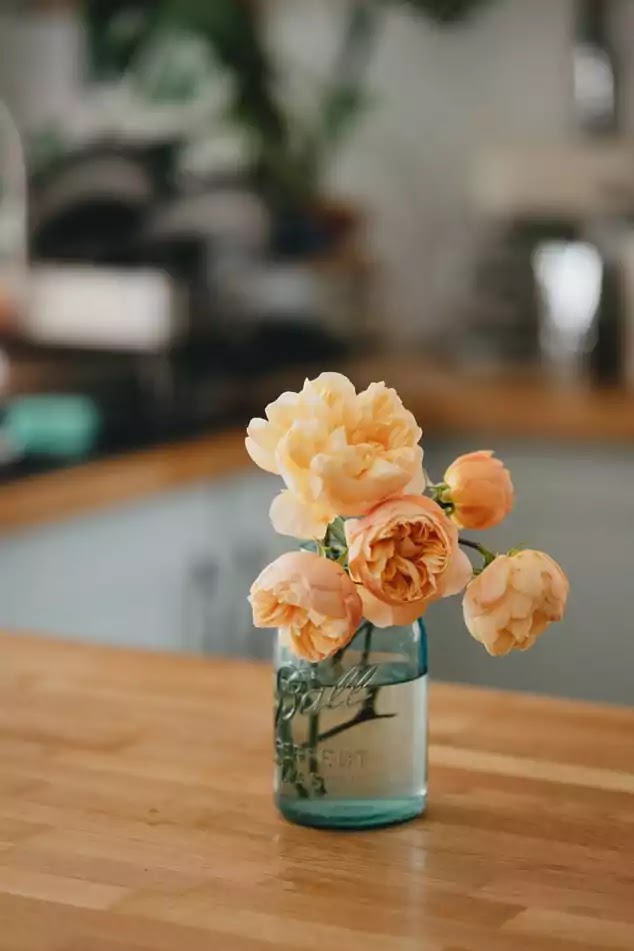People and the Flowers
How this tradition began: It has long been the custom in Japan to place evergreen trees upright in a welcome to gods and to offer flowers to the Buddha. Japanese value flowers a lot especially for how they mark the cycle of seasons. Ikebana developed as part of this interaction between people and flowers, probably around the end of the 1400s. It sprang from the cultural preference for decorating the drawing room(Zashiki Kazari) of the home, a practice began by by the Samurai class, the inspirational force in society at the time. Zashiki drawing room in a Samurai house was specially decorated with a few works of art and flowers and on formal occasions they kept a branch of an evergreen tree upright to indicate the event or receive guests who were socially superior. The earliest form of Ikebana is known as tate-hana( Standing flowers). In it they merely transformed branches into an artistic shape. In tate-hana, flowers and other material were secondary adornments for the branches. The other less formal flower arrangements , where the stylistic formality and rules of tate-hana were not followed, were called nageire-bana. Literally it means"tossed in flowers". The true meaning is closer to "flower placed at an incline". In this arrangement stems were allowed to lean at an angle as they appear in nature. So when Ikebana developed, two other styles of flower arrangement tate-hana and nageire-bana already existed.
Rikka : After the civil strife around the end of 1500s, peace prevailed in Japan. It brought ornate and luxurious styles of architecture and art. Besides tate-hana, the new age encouraged large flower arrangements and a preference for individual works of art, known as Rikka.
IKebana: Around the middle of 1700s, people began to ddecorate their own Zashiki drawing rooms with flowers. They preferred more simpler forms of ikebana. The flower arrangement was freed from tight formalism of tate-hana. They went in for the "tossed style of nageire-bana. They featured three Yaku-eda, basic stems composing the floral presentation, representing the heavens earth and people. This type of arrangement was called Seika or Shoka - the other pronunciation of the Japanese characters, Ikebana became the norm. In the course of time , ikebana forms became simpler, attracting the admiration of many all over the world.
Mori-bana : evolved around the end of 1800s when western horticultural plants came to Japan. Mori-bana("abundant flowers") introduced these flowers as well and as a result, it spurred the evolution of some modern brancehs of Ikebana. So over the centuries ikebana has refined its techniques and evolved into an advanced art form. In its various forms, ikebana continues to attract admiration around the world.







No comments: